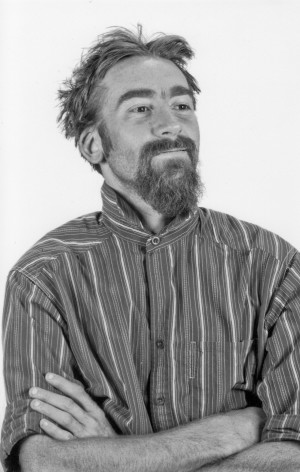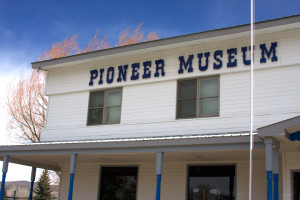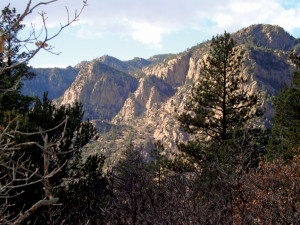By Forrest Whitman
The business pages of many newspapers are bullish on real estate in Colorado Central country. Sales are up, but there’s an interesting anomaly. Turn to the real estate pages and you’d think you were in Mexico. Names like Spanish Hills, Piñon Hills, Mesa Encantada and Lomas Alt, abound; not to begin to catalog all the streets with Spanish-sounding names.
This is evidence for what architects call “a southwestern vernacular.” There is a lot of fake adobe involved, tile roofs and wagon wheels, not to mention at least a few cactus plants. There are lots of Spanish names to go with it all. My realtor friends tell me that if you pay the “names firms” and their consultants, they’ll tell you Spanish names that can work. But you’ve got to pay to find out just which names are hot. Paid for or not, Spanish names continue to be used and have been since at least the 19th century.
All of these Spanish sounding names are what novelist Stanley Crawford called “real estate Spanish.” All of those calles, cerros and plazas have little to do with their original meaning. They form a kind of language all their own. Maybe it’s the hint of romantic old Mexico that sells homes. Maybe it’s the southwestern nostalgia from all those old western movies. There’s a hint of romance in the words themselves. “Real estate Spanish” is as authentic as sagebrush and comes right out of the big melting pot of Mexican and Anglo traditions we have here in Central Colorado.
When the first Anglos settled in the Spanish southwest, many fell in love with the adobe architecture and the lilting Spanish tongue. They loved the deep-set porches, the adobe chimeneas, the trickling fountains, even the mesquite bush in the yard. Never mind that all of those things were part of a very practical and often hard Mexican life lived for a long time in these arid lands. The Anglo newcomers loved the look of it all and the sound of the words, even when they didn’t much understand it. They especially loved certain words, like calle and mesa and corazon. Real estate Spanish and the vernacular of Mexican architecture led to a genuine love for our part of the world.
Partly this real estate vernacular is an unintended consequence of the biggest real estate deal in our history. In that 1847 settlement, President Polk grabbed the whole southwest for a measly $18.25 million bucks. By the 1880s, wherever the Denver and Rio Grande Railroad went, there went old Gov. Alexander C. Hunt developing real estate. He named it all in real estate Spanish. Alamosa, Salida, Durango, Buena Vista, etc. were all his inventions. We’ve lived in this huge Mexican-Anglo melting pot since at least the Treaty of Guadalupe Hidalgo in 1848. That pot keeps on bubbling, even though the U.S. Congress spends billions “sealing the border.” It all mixes away like red chili mole. Even when purists on both sides holler that this new language degrades both of the old ones, nothing stops the melting pot.
Real estate Spanish can lead me to giggle when I try to translate it literally. I’ve seen baja cerros alta (maybe low high hills). There’s also cerro muy roundo, a really round hill? My current favorite, named for one of my black lab’s kin, is calle perro negro. What to do with calle corzon duro “hard heart street” or calle de dos brujas (who are those two witches)? There are the obvious redundancies too, like table mesa which means “table table” or cerro cerro, “hill hill?” Calle mojado is just plain “mud street.” All of these real estate Spanish names help sell homes, but they are also fun parts of the Central Colorado melting pot. We can giggle at some of the real estate Spanish, but it’s part of this big, exciting land where we live. Let’s enjoy it.
Forrest wrote this after he got off the plane from Mexico and thought he might still be there.



